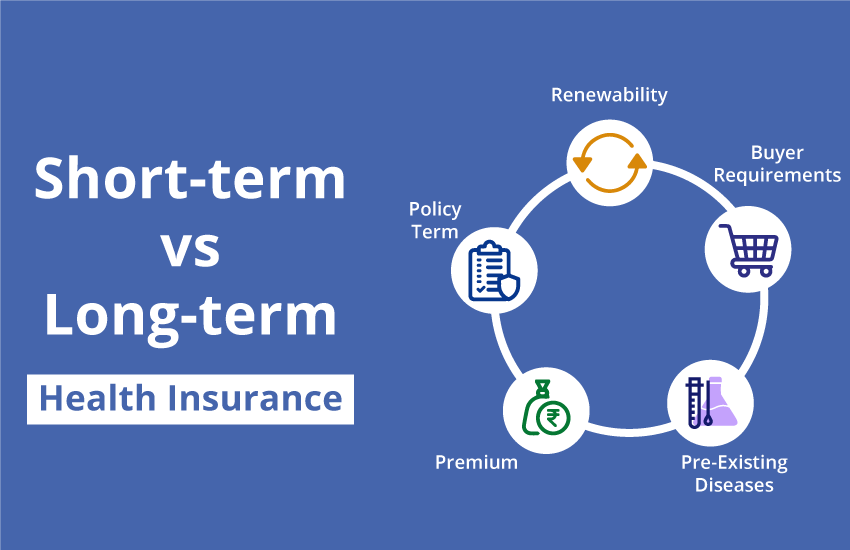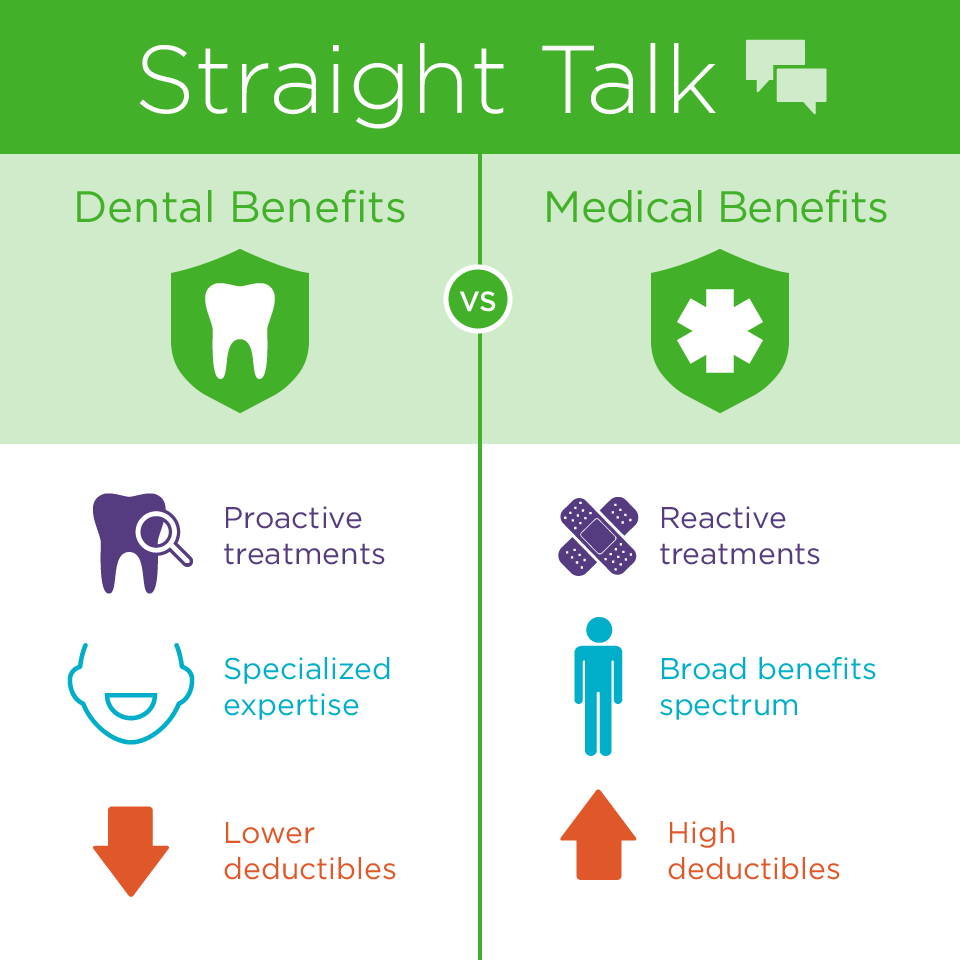The Only Guide to Medicare Advantage Agent
Wiki Article
How Medicare Advantage Agent can Save You Time, Stress, and Money.
Table of ContentsThe 30-Second Trick For Medicare Advantage Agent3 Simple Techniques For Medicare Advantage AgentMedicare Advantage Agent for Beginners
adheres to from perplexing the reasonably young age profile of the without insurance with the far better health and wellness, on standard, of more youthful individuals. This covers the web link between health standing and health and wellness insurance. For those without accessibility to office wellness insurance policy, bad health and wellness is a potential barrier to buying nongroup insurance coverage since such insurance coverage may be highly priced, exclude pre-existing problems, or be just inaccessible. The variety of uninsured Americans is not especially huge and has not changed over the last few years. Seven out of 10 participants in a nationally representative survey thought that less Americans lacked medical insurance than in fact do(Fronstin, 1998). About fifty percent(47 percent )thought that the variety of people without medical insurance reduced or remained continuous over the last fifty percent of the last years(Blendon et al., 1999). This decline of virtually 2 million in the number of people 'without insurance coverage (a reduction
of around 4 percent)is absolutely a favorable change. With a softer economic climate in 2000 the current reported gains in insurance policy protection may not continue(Fronstin, 2001 ). The decline in the variety of uninsured will certainly not continue if the economic climate continues to be slow and health and wellness care expenses continue to outmatch rising cost of living. This is because the information were gathered for a duration of strong economic efficiency. Of the estimated 42 million people that were without insurance, all but concerning 420,000(regarding 1 percent)were under 65 years of age, the age at which most Americans end up being qualified for Medicare; 32 million were grownups between ages 18 and 65, about 19 percent of all grownups in this age group; and 10 million were children under 18 years old, concerning 13.9 percent of all children (Mills, 2000). These price quotes of the number of persons without insurance are created from the annual March Supplement to the Existing Populace Survey (CPS), performed by the Census Bureau. Unless otherwise noted, national quotes of people without medical insurance and percentages of the populace with different sort of coverage are based upon the CPS, one of the most extensively used resource of estimates of insurance policy protection and uninsurance prices. These surveys and the price quotes they generate are described briefly in Table B. 1 in Appendix B - Medicare Advantage Agent. These studies differ in dimension and sampling methods, the inquiries that are asked about insurance policy
The 6-Minute Rule for Medicare Advantage Agent
protection, and the moment duration over which insurance policy coverage or uninsurance is determined(Lewis et al., 1998, Fronstin, 2000a ). Still, the CPS is specifically helpful because it generates yearly estimates fairly promptly, reporting the previous year's insurance policy coverage approximates each September, and because it is the basis for a regular set of quotes for more than twenty years, enabling evaluation of patterns in coverage gradually.
Fascination About Medicare Advantage Agent
Over a three-year period beginning early in 1993, 72 million people, 29 percent of the U.S. populace, were without insurance coverage for a minimum of one month. Within a single year(1994), 53 million people experienced at the very least a month without coverage(Bennefield, 1998a). 6 out of every 10 uninsured grownups are themselves employed. Although functioning does improve the chance that a person and one's member of the family will have insurance policy, it is not a warranty. Also members of family members with 2 full-time breadwinner have nearly a one-in-ten opportunity of being without insurance (9.1 percent uninsured rate)(Hoffman and Pohl, 2000 ). The partnership between health insurance and access to care is well established, as documented later in this chapter. The relationship in between health insurance and health results is neither straight nor easy, a considerable professional and wellness services study literature web links wellness insurance coverage to improved better to care, better much betterHigh quality and improved enhanced individual population health statusStanding As an example, the 2nd record, on individual health results for uninsured adults, is represented by the innermost circle of the figure, while the 3rd record, on household wellness, includes the subjects of the second report but emphasizes a various system of evaluation, particularly, the family members. The 6th report in the series will certainly present details regarding strategies and campaigns undertaken in your area, statewide, or across the country to attend to the lack of insurance and its adverse effects. Degrees of evaluation for taking a look at the effects of uninsurance. This discussion of medical insurance protection concentrates mainly on the united state populace under age 65 because virtually all Americans 65 and older have Medicare or various other public insurance coverage.
It concentrates particularly on those without any health insurance for any length of time. The problems dealt with by the underinsured are in some aspects comparable to those faced by the uninsured, although they are usually less severe. Uninsurance and underinsurance, nevertheless, include noticeably various policy problems, and the strategies for addressing them might differ. Throughout this research study and the 5 reports to adhere to, the main focus is on persons without any medical insurance and therefore no help in paying for health and wellness treatment past what is offered through charity and safeguard institutions. Health and wellness insurance policy is an effective variable affecting invoice of care because both people and medical professionals reply to the out-of-pocket price of solutions. Health and wellness insurance, nonetheless, is neither required nor adequate to access to medical services. The independent and direct impact of helpful resources health and wellness insurance insurance policy on access to health services is well established. Others will certainly obtain the healthcare they require even without health insurance policy, by paying for it out of pocket or seeking it from carriers that use care totally free or at very subsidized rates. For still others, medical insurance alone does not make sure invoice of treatment due to various other nonfinancial barriers, such as a more tips here lack of healthcare carriers in their community, limited accessibility to transportation, illiteracy, or etymological and cultural differences. Formal study concerning without insurance populations in the United States dates to the late 1920s and very early 1930s when the Board on the Expense of Medical Care produced a collection of reports regarding funding doctor office gos to and hospitalizations. This problem became significant as the varieties of clinically indigent climbed up during the Great Depression. Empirical research studies continually support the link in between accessibility to care and boosted health and wellness end results(Bindman et al., 1995; Starfield, 1995 ). Having a regular resource of treatment can be considered a predictor of accessibility, instead of a straight action of it, when wellness end results are themselves used as gain access to indicators. This extension of the idea of access dimension was made by the IOM Committee on Keeping Track Of Accessibility to Personal Healthcare Services(Millman, 1993, p. Whether or not moms and dads are insured appears to influence whether their children obtain care along with just how much careeven if the youngsters themselves have protection(Hanson, 1998). The wellness of moms and dads can affect their capability to look after their kids and the level of household anxiety. Fretting about their children's access to care is itself a source of anxiety for moms and dads. 3 phases comply with in this report. Phase 2 offers an overview of how employment-based health and wellness insurance policy, public programs and specific insurance plan run and interact to provide comprehensive however incomplete insurance coverage of the U.S. population. This consists of a review of historical patterns and public laws influencing both public and exclusive insurance, a conversation of the interactions among the various kinds of insurance coverage, and an evaluation of why individuals relocate from one program to an additional or wind up

Report this wiki page